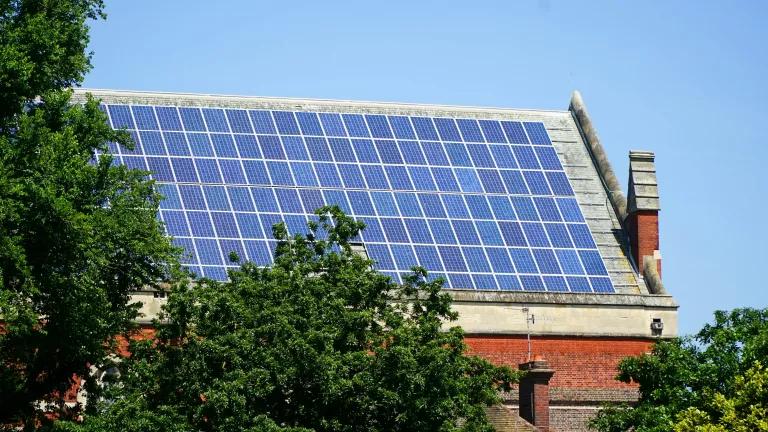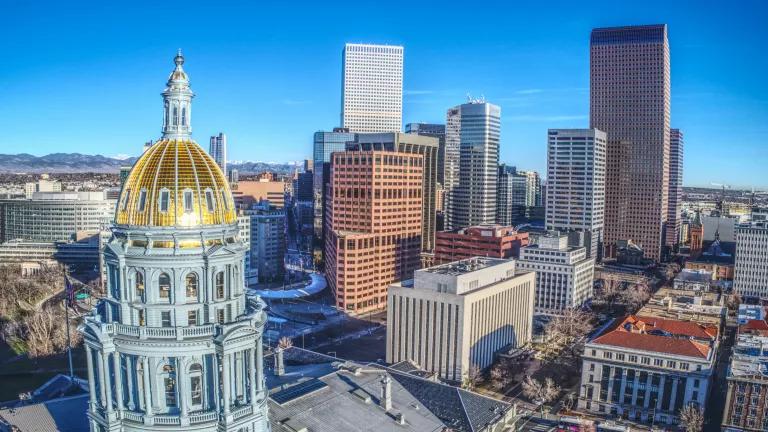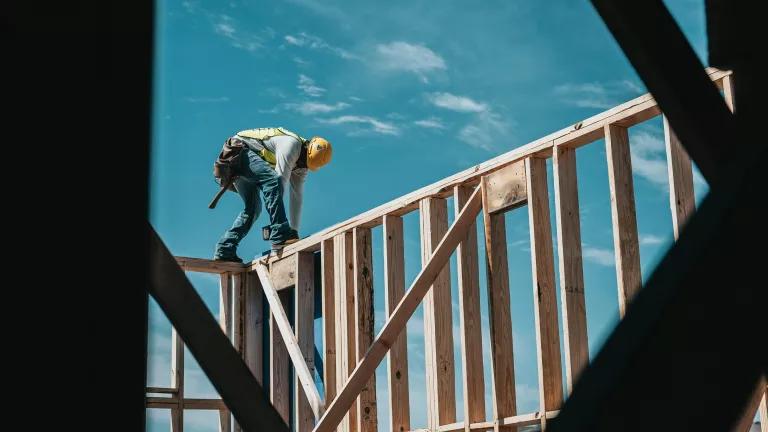
Idaho, Montana, Oregon and Washington are four states marked by spectacular natural beauty, vast ideological divisions and a shared power grid. Decades ago, the region was fighting over how many new coal-fired and nuclear power plants would have to be built in order to keep the lights on, as the Columbia River's giant hydropower dams labored to keep up with surging electricity demand that was doubling every decade. Today's approval of a new regional plan to instead keep increasing energy efficiency shows how much things have changed. But first, a bit more history. To help resolve the region's disputes over what power plants to build and where, Congress in 1980 created a Power and Conservation Council with representatives from all four states. The Council came early to the conclusion that the fastest, cheapest and cleanest solution to power shortages was reducing electricity waste, and today it unanimously approved its seventh regional plan for the next two decades.
As my friends at the Northwest Energy Coalition aptly put it, the Council today "refilled the prescription to meet the region's new electricity needs primarily with bill-shaving, emissions-avoiding, job-creating energy efficiency."
Three decades of energy efficiency progress had already cut the region's annual power bills by more than $3 billion--and avoided tens of millions of tons of climate-warming pollution from electricity generation by coal-fired power plants that weren't needed. But as the Council began work on its seventh plan several years ago, some questioned whether the low-hanging fruit of efficiency had been totally consumed.
But it turns out that energy efficiency is low-hanging fruit that keeps growing back. After evaluating literally hundreds of ways to save energy more cheaply than it can be produced, the Council in its latest plan identified the equivalent of more than a dozen giant coal-fired power plants' worth of inexpensive energy savings over the next two decades, and determined that these savings could avoid any further growth in electricity needs while ensuring that the region continued to reduce its carbon dioxide emissions. About 40 percent of the savings come from technologies that were largely unknown as recently as five years ago. The Council also found that investing in energy efficiency provides disproportionately large benefits at times of peak daily electricity consumption, when the grid is under the greatest stress.
When I started at NRDC, back in 1979, I wrote an article called "The Pacific Northwest is Praying for Rain," as a wistful nod to an overstressed hydropower system that includes the celebrated dams at Grand Coulee and Bonneville. The region can still find good use for rain, but abundant low-cost energy efficiency is working just as hard to keep houses warm and industries humming. And most of the coal and nuclear plants on the drawing board in 1979 never left it.
That's good news for a nation (and planet) striving to keep electricity both clean and affordable.



